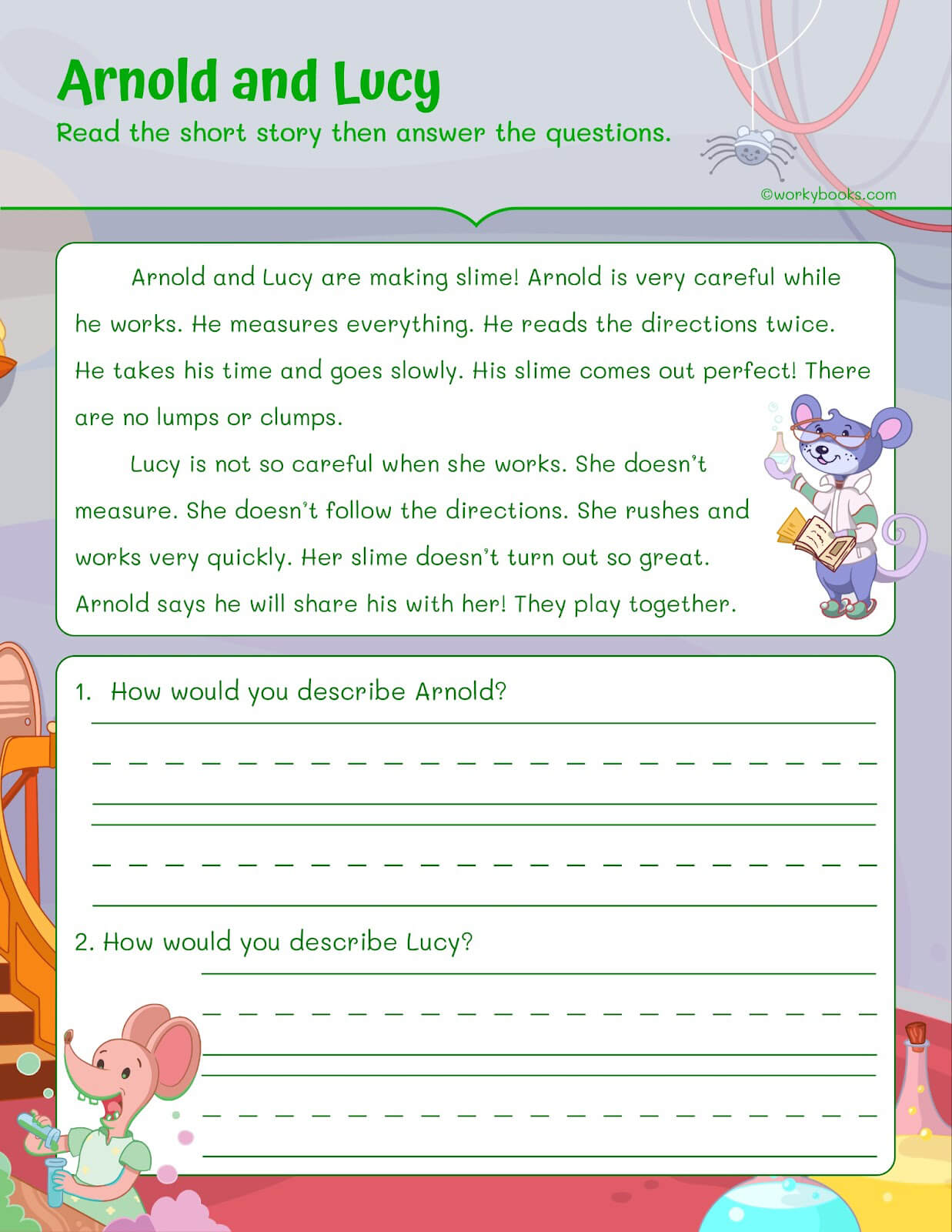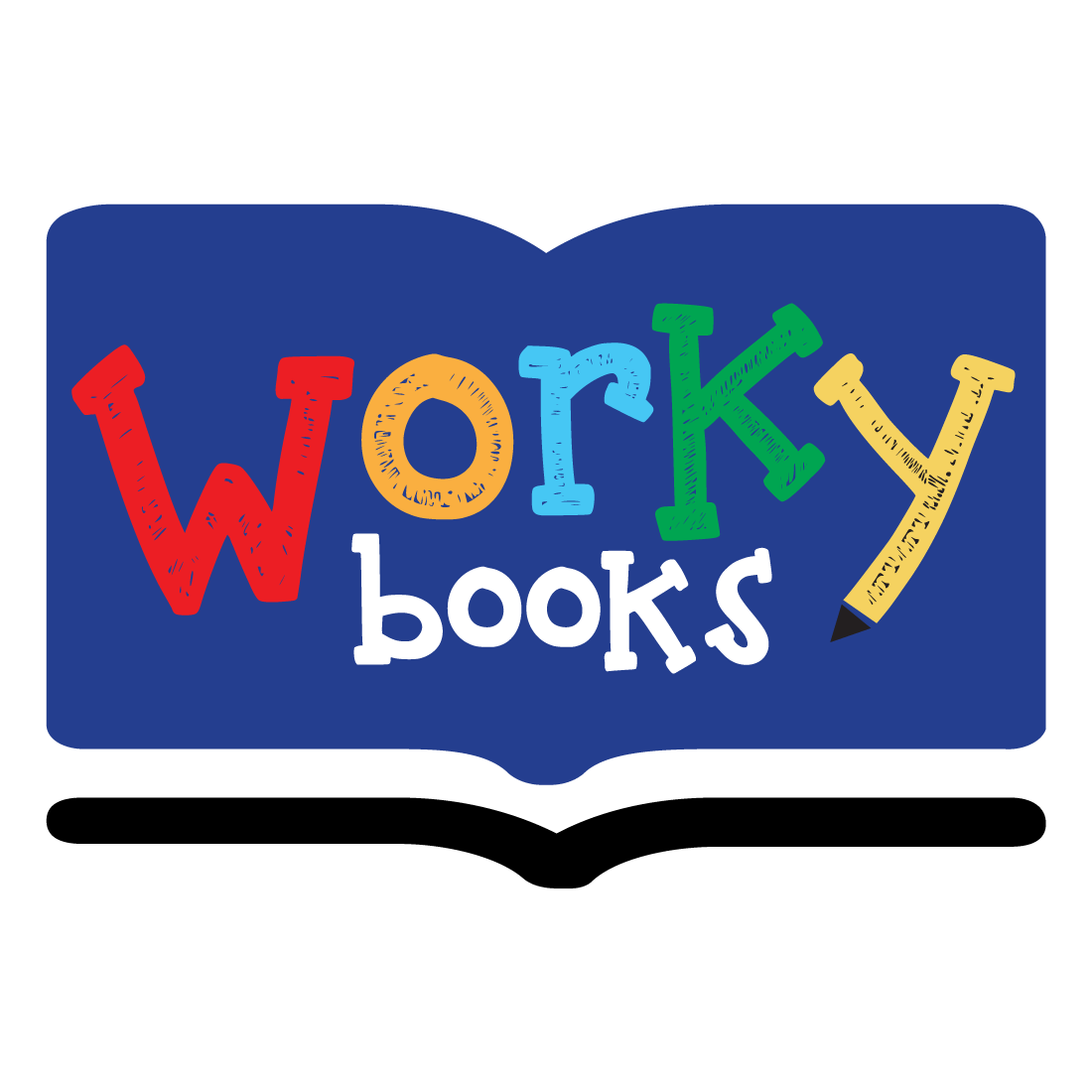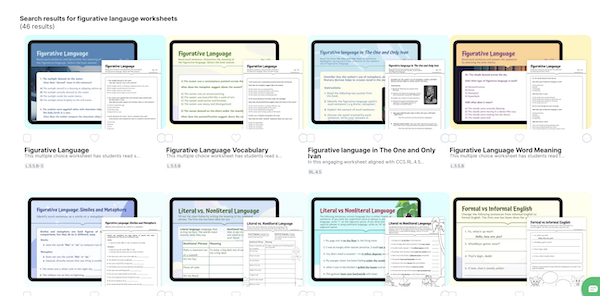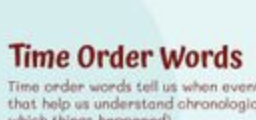Using Character Traits in Literature
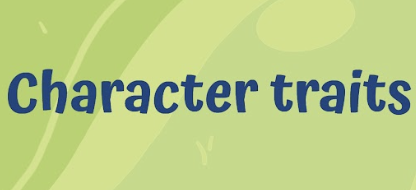
Character traits describe the qualities that make up a character’s personality.
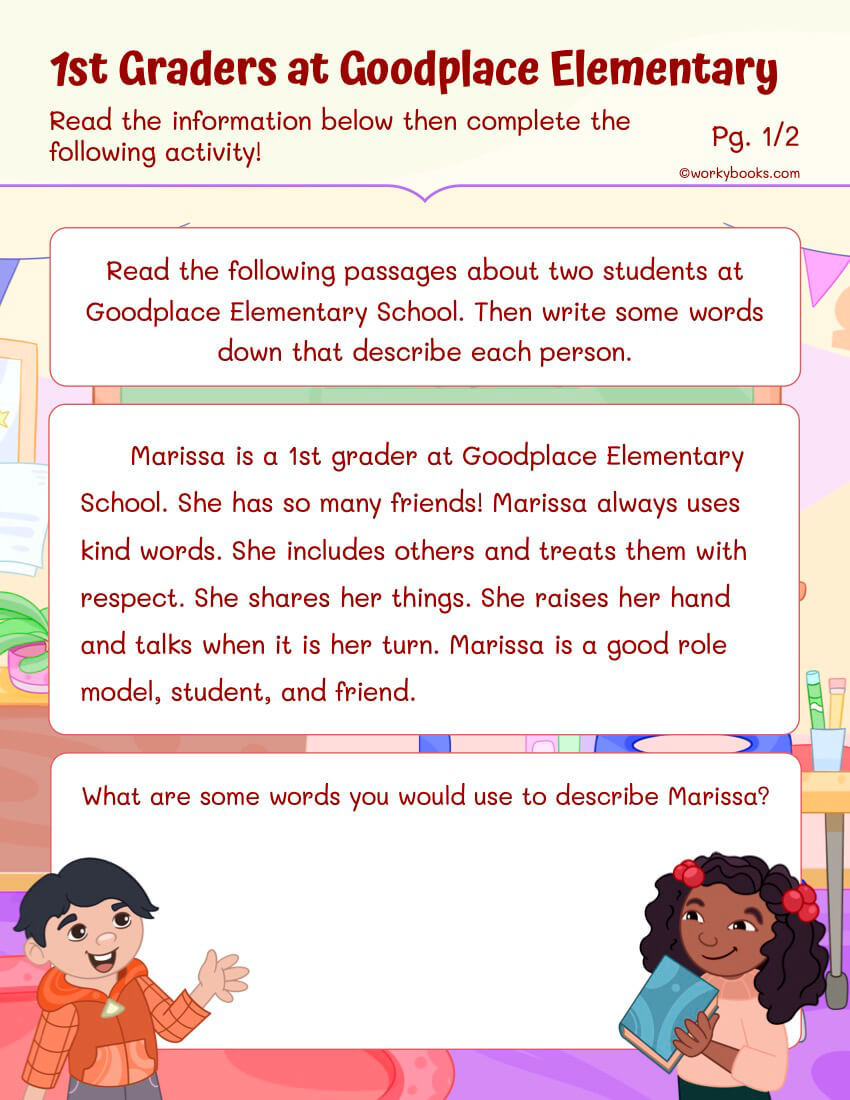
All characters in stories and books behave in certain ways. Their actions and responses tell us about their personality, whether they are kind, brave, selfish or honest. As we read different stories and plays, looking closely at character traits helps us understand why characters might act in certain patterns based on their traits. It also allows us to find traits we admire in certain characters.
Good character traits
1. Kind – Being nice, helpful and caring towards classmates. Example: Sharing crayons or snacks willingly.
2. Responsible – Doing your tasks without reminders. Example: Bringing your homework every day without parental checks.
3. Respectful – Treating others politely. Example: Listening without interrupting someone talking.
4. Truthful – Being honest about incidents. Example: Admitting mistakes right away.
5. Patient – Staying calm despite issues. Example: Not yelling while frustrated with assignments.
Negative character traits
1. Disobedient – Not following rules given by elders. Example: Continuing to jump on the sofa after warnings not to.
2. Careless – Doing things hastily without caution. Example: Spilling juice by running with an open cup.
3. Selfish – Only thinking about your own wishes or things. Example: Saying no to sharing your candy.
4. Dishonest – Not being truthful or transparent. Example: Saying dog ate your homework when you forgot.
5. Rude – Being impolite or mean in your words or actions. Example: Butting into lines instead of waiting your turn.
Teachers can use this list of personality character traits as a helpful resource for elementary students. The list includes positive and negative qualities that affect student behavior and approaches in the classroom.
Positive Character traits list
- Helpful – Assists classmates, teachers without needing praise
- Cooperative – Works well in groups, willing to compromise
- Imaginative – Comes up with creative ideas, stories
- Curious – Eager to learn, asks questions to gain knowledge
- Reliable – Can be depended on to complete tasks
- Organized – Keeps work and materials orderly
- Dedicated – Hardworking and committed to doing best
Negative Character traits list:
- Disruptive – Interrupts lessons, loud actions distract class
- Careless – Hurried work leads to mistakes
- Defiant – Refuses to follow rules or cooperate
- Irresponsible – Forgets materials, neglects duties
- Demanding – Expects immediate assistance/attention
- Restless – Fidgety or squirmy when focus needed
- Stubborn – Fixed in opinion, unwilling to compromise
- Overconfident – Feel capabilities exceed actual skills
Look at these worksheets on character traits.
These two short fiction passages are a great way to compare and contrast characters traits in stories. The short descriptions focus on two students at Goodplace Elementary School. Students will read the texts then come up with some words that describe each student.
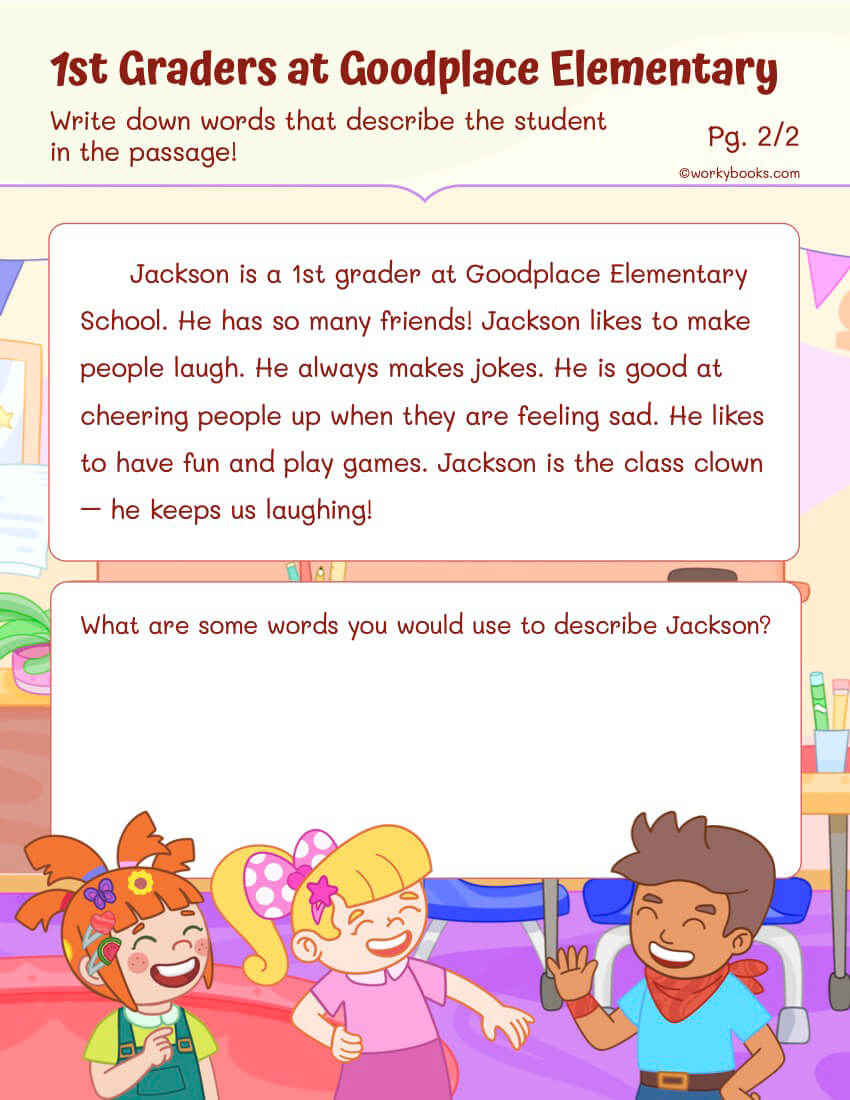
This entertaining slime-themed short story allows for an engaging character analysis activity comparing and contrasting two fictional personalities. The short story focuses on two scientists working together to make slime. Students will read the text then describe both characters.
